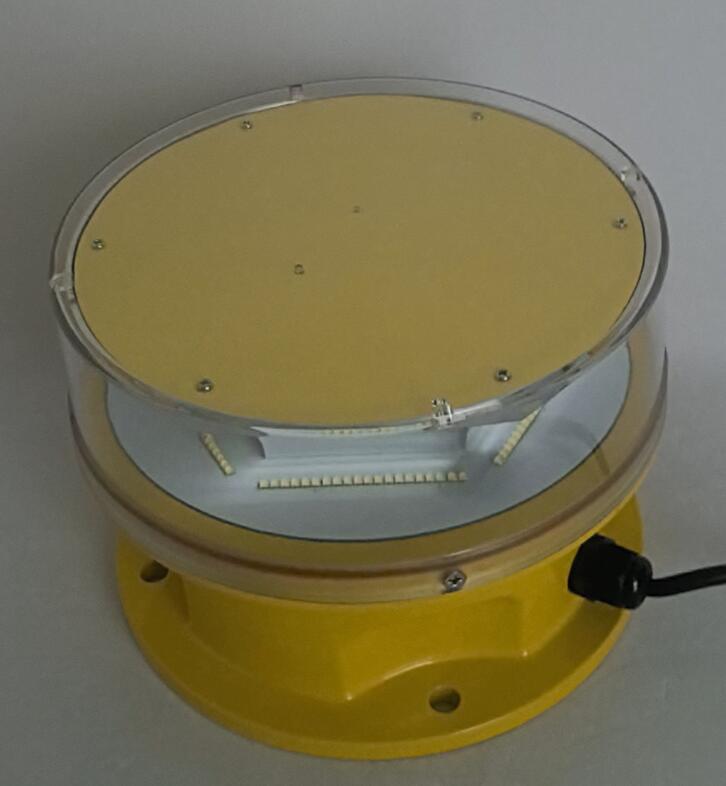Enhancing Aviation Safety with Effective Tower Obstruction Lighting
Tower obstruction lighting plays a critical role in aviation safety by ensuring that tall structures such as communication towers, wind turbines, and skyscrapers are visible to pilots, especially during low-visibility conditions. Properly installed and maintained obstruction lighting systems help prevent collisions, safeguard air traffic, and comply with international aviation regulations. This article explores the importance, types, and best practices for tower obstruction lighting.
Why Tower Obstruction Lighting is Essential
With the increasing number of tall structures worldwide, the risk of mid-air collisions has grown significantly. Tower obstruction lighting serves as a visual warning system, alerting pilots to potential hazards. Key reasons for its importance include:
Preventing Collisions: Unlit or poorly lit towers pose a serious threat to low-flying aircraft, particularly helicopters and small planes.
Regulatory Compliance: Aviation authorities, such as the FAA (Federal Aviation Administration) and ICAO (International Civil Aviation Organization), mandate obstruction lighting for structures exceeding certain heights.

Night and Low-Visibility Safety: During fog, rain, or darkness, obstruction lights ensure towers remain visible.
Types of Tower Obstruction Lighting
Different lighting systems are used depending on the structure’s height, location, and purpose. The most common types include:
1. Red Obstruction Lights
Used for structures below 200 feet (61 meters).
Steady-burning or flashing red lights are installed at the top and intermediate levels.
| tower obstruction lighting |
Ideal for buildings, telecommunication masts, and wind turbines.
2. White Strobe Lights
Typically used for structures taller than 200 feet.
High-intensity flashing white lights enhance visibility during the day.
Commonly found on broadcast towers and skyscrapers.
3. Dual Lighting Systems
Combine red lights for nighttime and white strobes for daytime.
Ensures visibility in all conditions.
Often required for extremely tall structures like offshore platforms.
4. Medium-Intensity Lights
Used in areas where high-intensity lighting may be too bright.
Suitable for structures near residential zones.
Best Practices for Tower Obstruction Lighting
To maximize effectiveness, the following best practices should be followed:
1. Proper Placement and Spacing
Lights should be positioned at the highest point and at intervals along the structure.
Ensures full visibility from all angles.
2. Regular Maintenance
Burnt-out bulbs or malfunctioning lights must be replaced promptly.
Automated monitoring systems can alert operators to failures.
3. Compliance with Aviation Standards
Follow guidelines from the FAA, ICAO, or local aviation authorities.
Conduct periodic inspections to ensure adherence.
4. Use of LED Technology
LEDs offer longer lifespan, energy efficiency, and better visibility.
Reduce maintenance costs and improve reliability.
5. Environmental Considerations
Minimize light pollution by using shielded fixtures.
Avoid excessive brightness in ecologically sensitive areas.
Emerging Trends in Tower Obstruction Lighting
Technological advancements are shaping the future of obstruction lighting:
Smart Lighting Systems: IoT-enabled lights can self-diagnose faults and adjust brightness based on weather conditions.
Solar-Powered Lights: Ideal for remote locations without reliable power sources.
Aircraft Detection Lighting Systems (ADLS): Lights activate only when an aircraft is nearby, reducing unnecessary illumination.
Tower obstruction lighting is a vital component of aviation safety, ensuring that tall structures do not become hazards to air traffic. By implementing the right lighting systems, adhering to regulations, and embracing new technologies, we can enhance visibility, prevent accidents, and support safer skies. As urbanization and infrastructure development continue, the role of effective obstruction lighting will only grow in importance.
Investing in high-quality tower obstruction lighting is not just a regulatory requirement—it’s a commitment to protecting lives and advancing aviation safety.
